Known as the heart of Chinese history, the starting point of the Silk Road and the capital of 13 dynasties, Xi’an is where the past still lives in every stone, city wall and winding alley. This ancient capital invites you to step into a world of timeless heritage – from Emperor Qin Shi Huang’s world-famous Terracotta Army to the majestic city walls embracing the old town.
Yet Xi’an is more than grandeur. The city captivates visitors with its fragrant night markets, serene tea houses and a rhythm of life where history and modernity walk side by side.
In Xi’an, time is measured not only by years, but also through flavors, stories and the echoes of footsteps along ancient paths. Whether you come to uncover history, explore culture or savor the food, you’ll be welcomed as travelers have been for over two thousand years.
Getting There
Xi’an Xianyang International Airport (XIY) is the city’s main gateway, with direct flights from major Asian cities and several European destinations, as well as frequent domestic connections from Beijing, Shanghai and Chengdu.
The airport is about 40 km from downtown, taking 45 – 60 minutes by taxi or airport shuttle bus.
For those traveling by train, Xi’an North Railway Station is a major hub on China’s high-speed rail network, linking to Beijing in about 4.5 hours and Chengdu in around 3 hours.
The Stay
The Ritz-Carlton Xi’an
Located in the bustling business district, The Ritz-Carlton Xi’an blends modern sophistication with subtle Tang Dynasty cultural touches. A highlight is its rooftop bar, offering sweeping views of the city skyline.
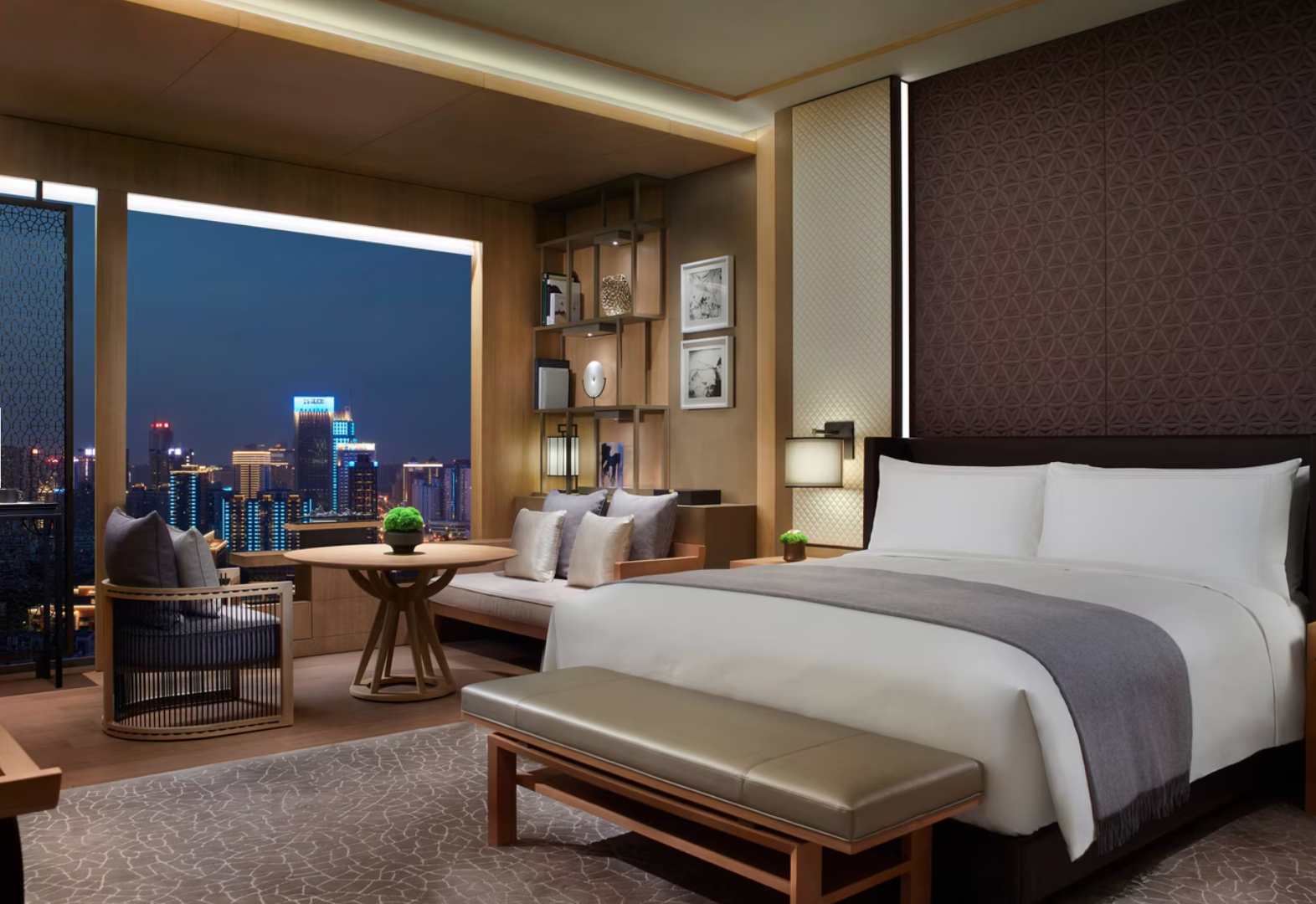
W Xi’an
Standing out with its signature “W” architecture and interiors inspired by Xi’an’s five dynasties, W Xi’an lights up the city’s skyline each night. Spacious rooms with private balconies overlook Qujiang Lake, while highlights include a striking outdoor pool, inventive dining venues and stylish bars – delivering a vibrant and luxurious stay in the heart of the ancient capital’s cultural district.
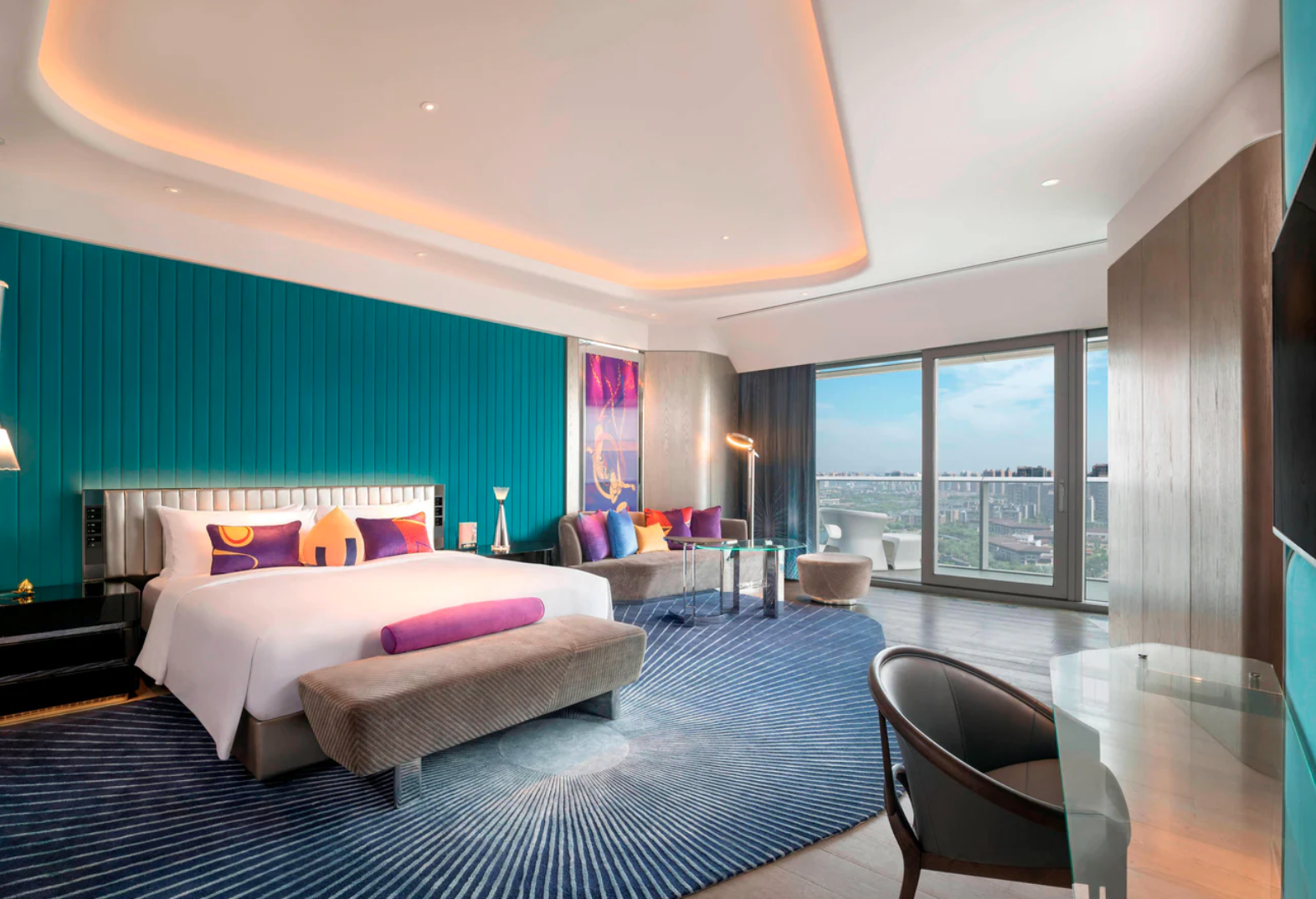
Hyatt Regency Xi’an
An elegant symbol of where history meets modernity, Hyatt Regency Xi’an sits on the serene banks of Qujiang Lake. Its design draws inspiration from the Tang Dynasty, blending traditional elements with contemporary style. The hotel enjoys a convenient location, close to major historical landmarks such as the Giant Wild Goose Pagoda and Qujiang Heritage Park.
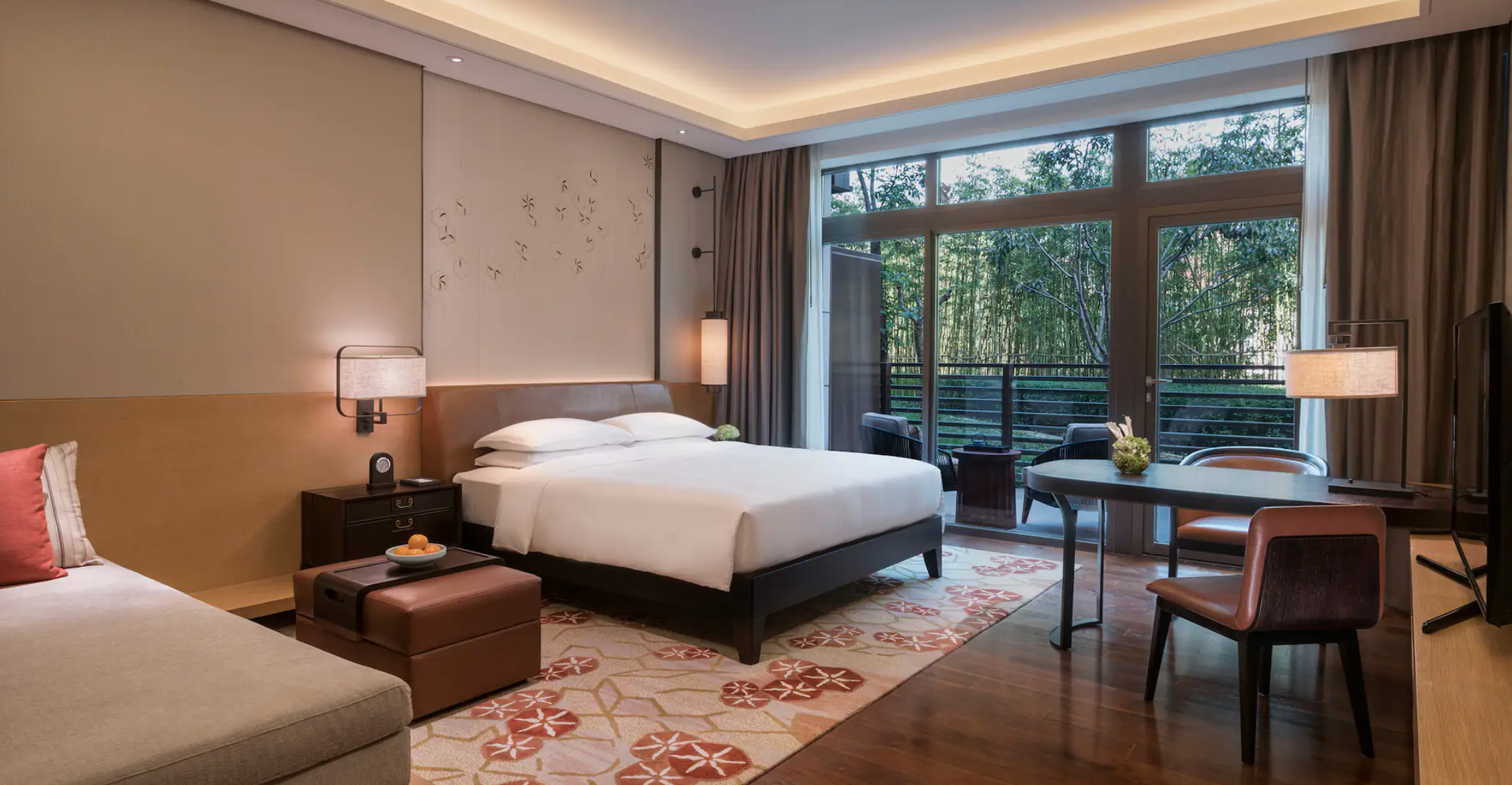
Best Time to Visit
– The most ideal time to visit Xi’an is in spring (March – May) and autumn (September – October), when the weather is mild and pleasant. Spring brings fresh beauty with cherry blossoms blooming at Qinglong Temple, while autumn enchants with golden maple leaves, the fragrance of ripe fruits, and stunning harvest scenery.
– Summer (June – August) in Xi’an is hot and humid, making it a great season for trekking and mountain hiking. However, this is also the school holiday period, so expect larger crowds.
– Winter (November – February) is cold and dry, with many windy days. It’s the low season, meaning fewer tourists. Warm clothing is essential, but if you enjoy winter activities, Huaqing Hot Springs and local ski resorts are excellent options during this time.
* Note: China has two major holidays – National Day (October 1 – 7) and Lunar New Year (January or February). These periods attract large crowds, so plan carefully if visiting Xi’an then.
Things To Do
Mausoleum of Emperor Qin Shi Huang – The First Emperor of China
Discovered in 1974, this UNESCO World Heritage Site showcases thousands of terracotta warriors guarding the tomb of Emperor Qin Shi Huang, one of the world’s greatest archaeological wonders. Three vast burial pits cover over 20,000 square meters, filled with life-sized soldiers, horses, and chariots buried alongside China’s first emperor. Each warrior is unique, with distinct facial features, hairstyles and armor, reflecting extraordinary craftsmanship and attention to detail.
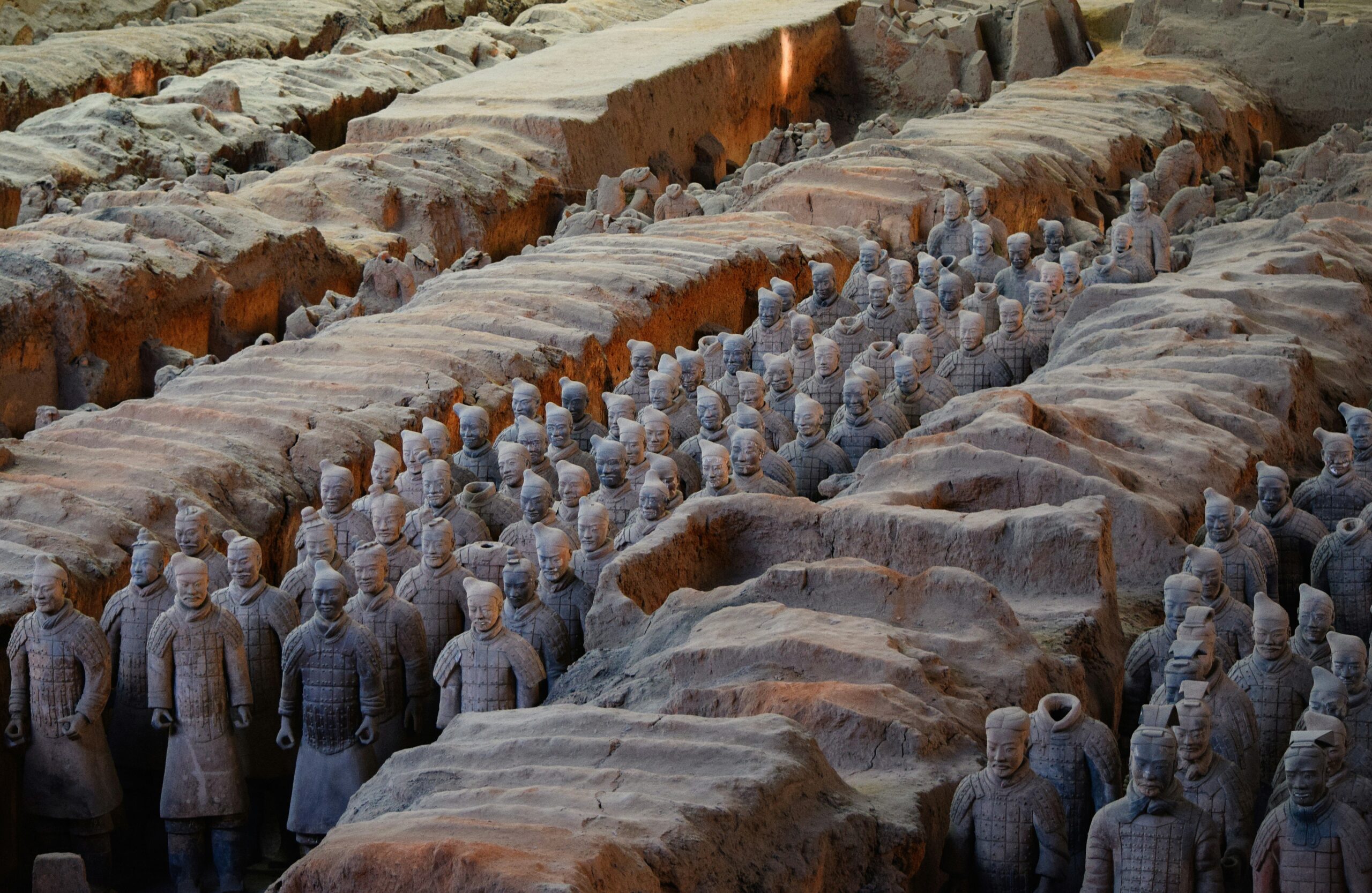
Daming Palace
Once the grandest imperial palace of the Tang Dynasty, Daming Palace was largely destroyed by war but has since been partially excavated and reconstructed as a National Heritage Park. Visitors can stroll or cycle around the archaeological grounds and visit the Daming Palace Museum to learn more about the splendor of the Tang era.
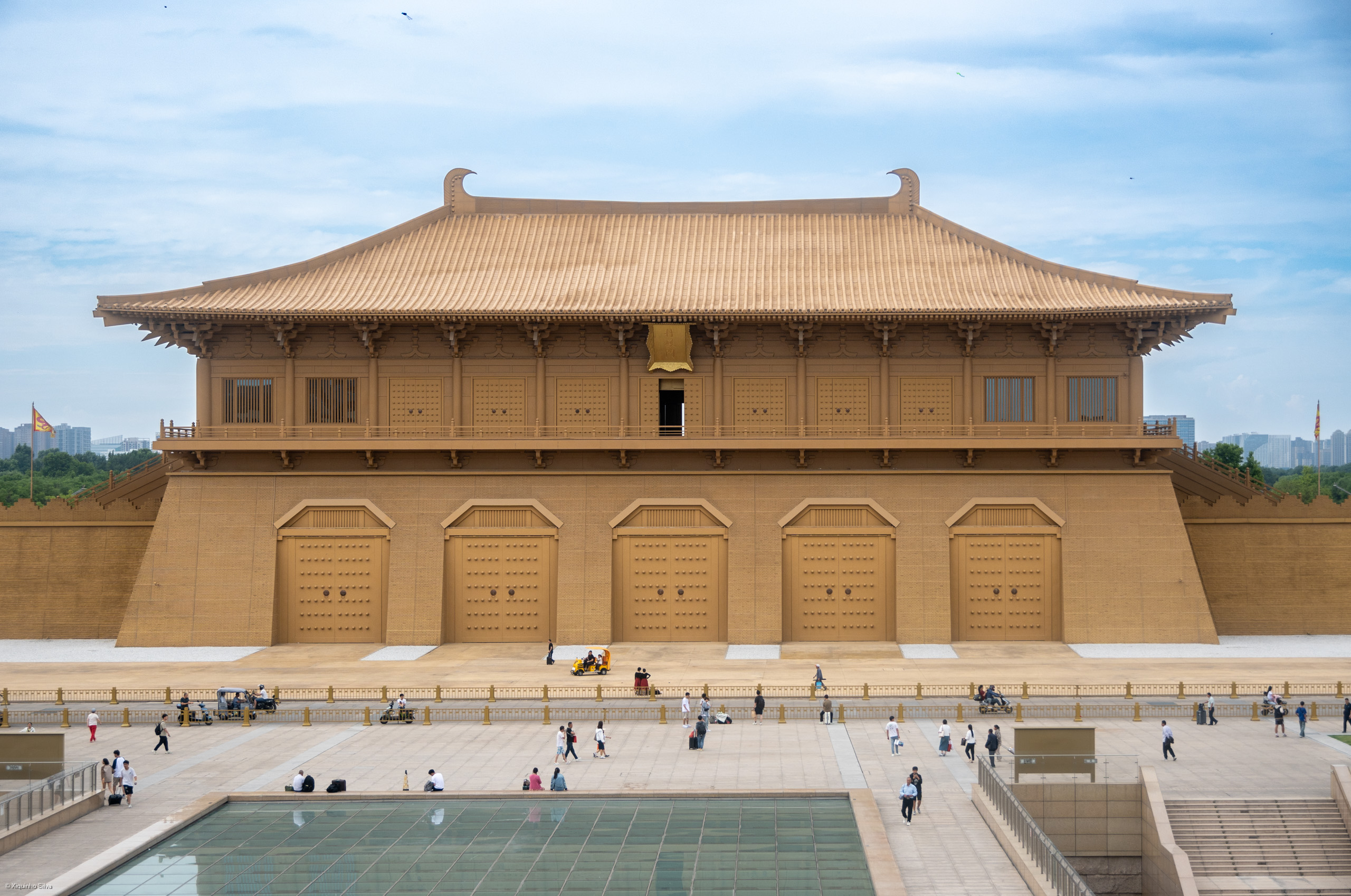
Xi’an City Wall
Considered the largest and best-preserved ancient military defense structure in China, Xi’an City Wall was mainly built during the Ming Dynasty. Standing 12 meters high, it surrounds the old town for 13.74 km. The wall still retains many defensive architectural features, including moats, drawbridges, watchtowers, arrow towers, and pavilions. Its four main gates – Changle (East), Yongning (South), Anding (West), and Anyuan (North) – each showcase distinctive architectural styles.
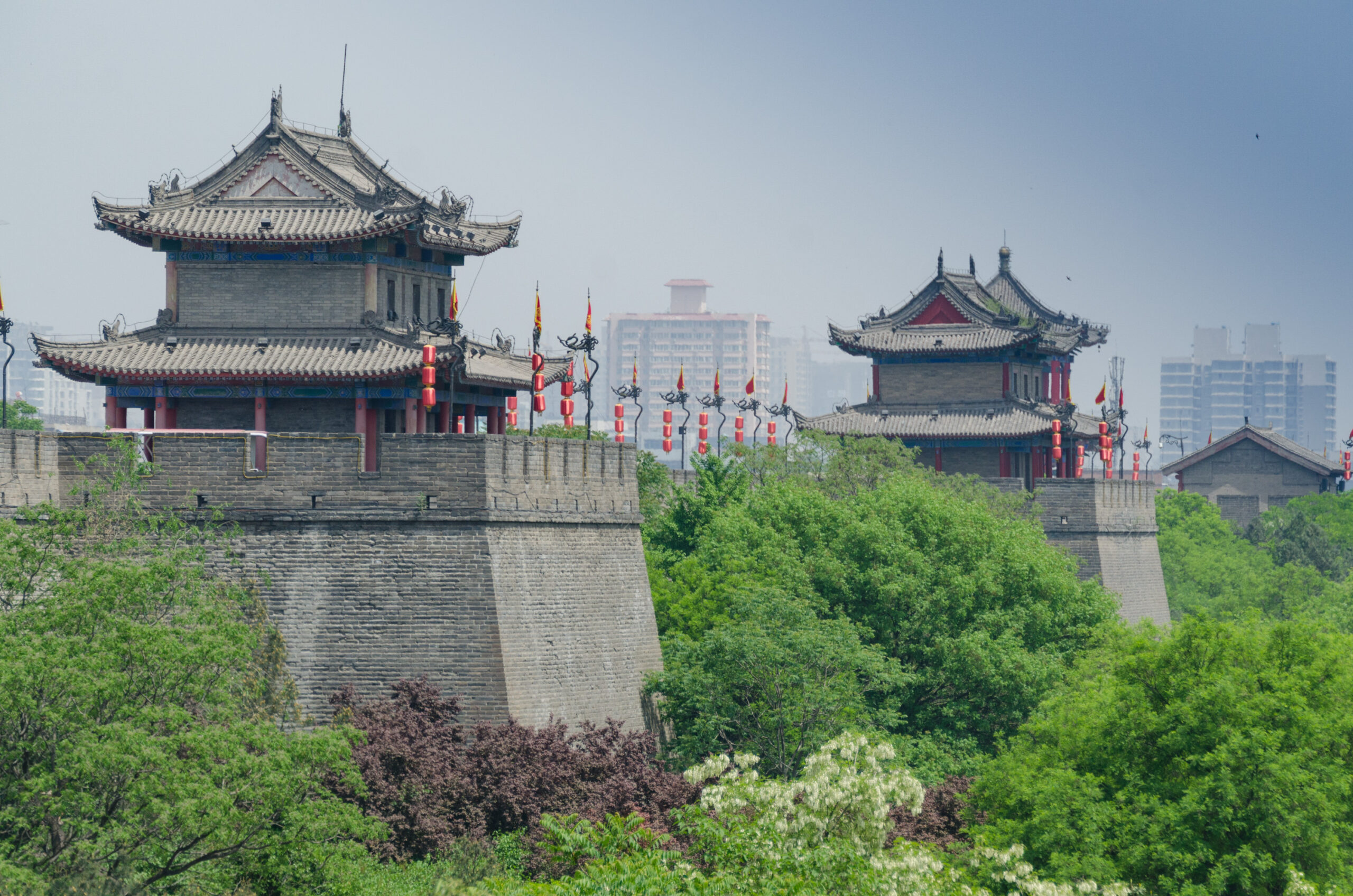
Giant Wild Goose Pagoda
The Giant Wild Goose Pagoda is an ancient Buddhist pagoda built over 1,300 years ago. Considered a precious gem along the Silk Road, it attracts visitors with its unique architecture and rich Buddhist cultural heritage.
Located within the Da Ci’en Temple complex, where the pagoda stands, visitors can admire traditional Chinese temple structures and learn about the life of the monk Xuanzang at the Xuanzang Temple.
Inside the pagoda, guests can explore Buddha statues, murals, and famous poems that have survived for over a thousand years, along with a gilded bronze Buddha statue.
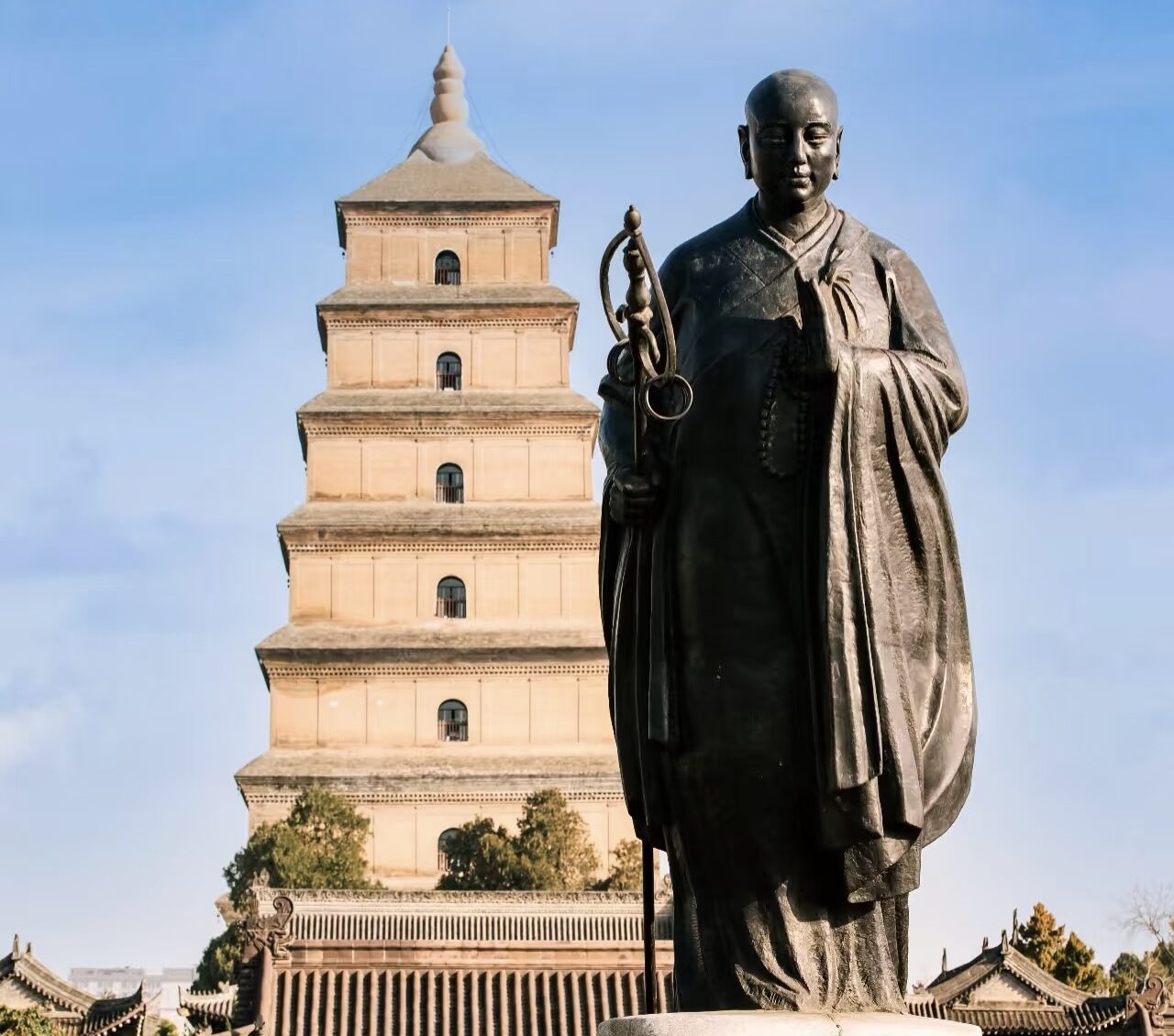
Shaanxi History Museum
One of the largest museums in China, the Shaanxi History Museum displays thousands of archaeological artifacts, ranging from prehistoric stone tools to artifacts over a million years old, as well as cultural relics from the Zhou, Qin, Han, and Tang dynasties.
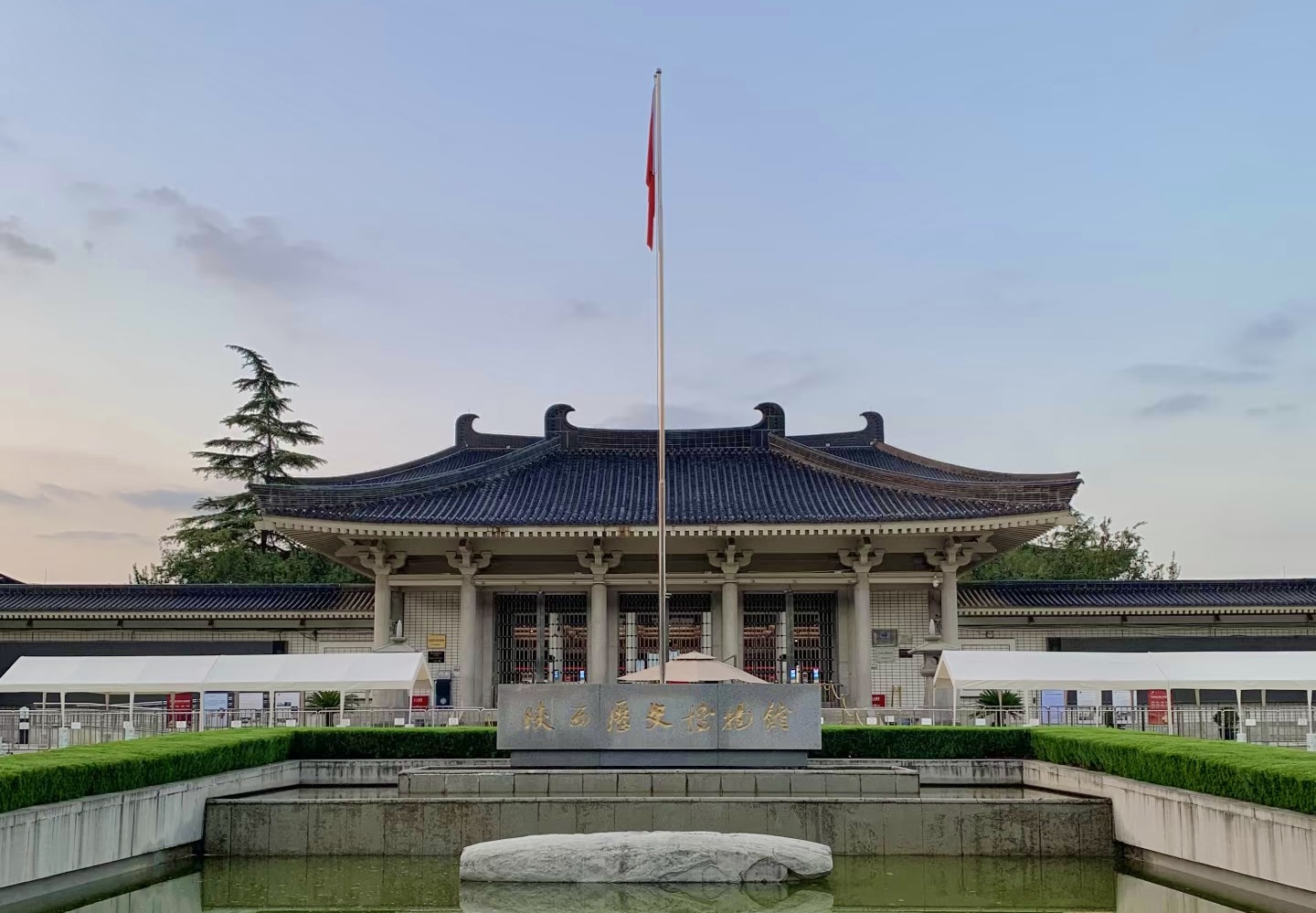
Bell Tower and Drum Tower
Located in the heart of the city, the Bell Tower and Drum Tower are iconic symbols of Xi’an. The Bell Tower was built to mark the morning hours, while the Drum Tower signaled the evening. Both structures feature stunning architecture and are beautifully illuminated at night, creating a magical visual display.
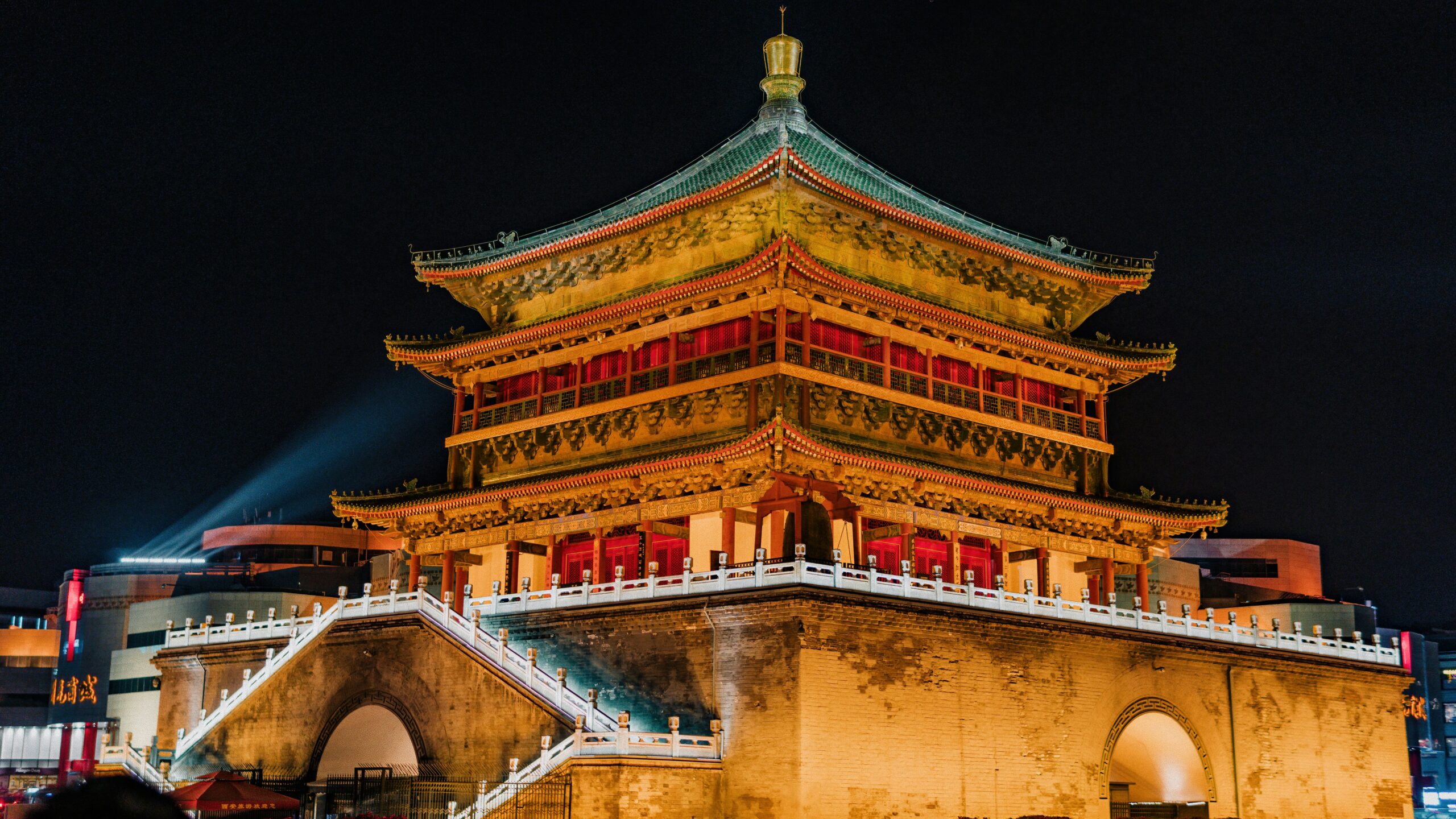
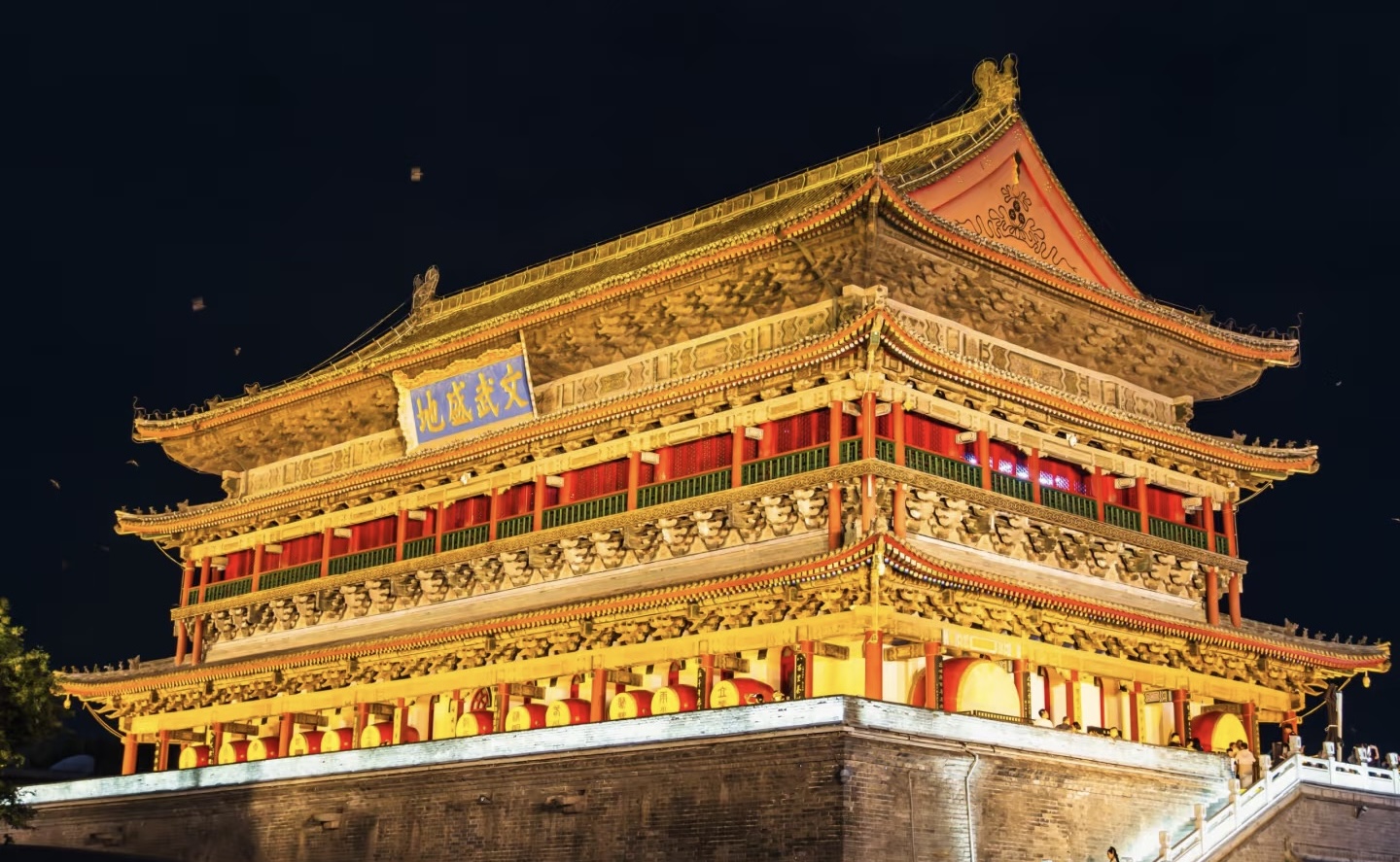
Grand Tang Shopping Street
This is a pedestrian street over 2 km long, featuring architecture rich in Tang Dynasty spirit. At night, it comes alive with vibrant lights, blending historical charm with modern energy. Visitors can admire statues of emperors, poets, and historical figures, enjoy dynamic light and art performances, walk along the “piano road” that plays music with every step, and interact with sound-activated fountains. It’s an ideal cultural, dining, and shopping hub for enjoying Xi’an’s nightlife.
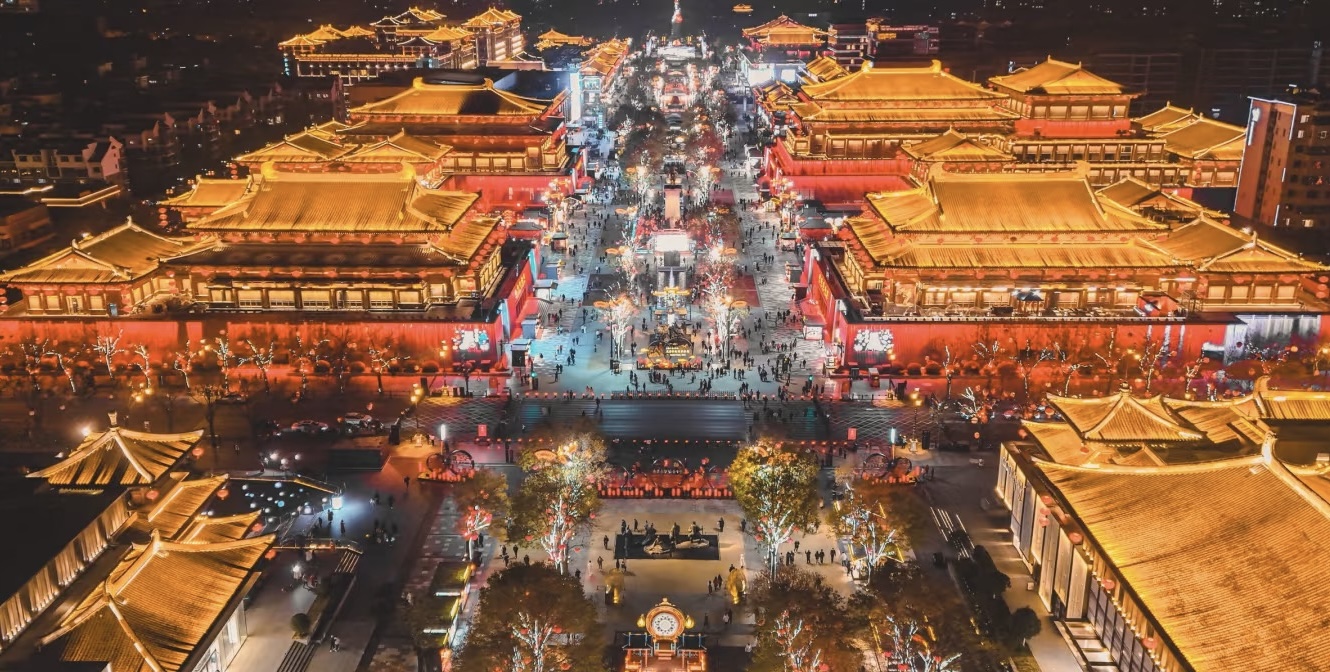
Savoring Xi’an
Roujiamo
The filling, made from pork, beef, or lamb, is slowly braised in a rich broth with more than 20 spices, then chopped and stuffed into a crispy flatbread – a beloved local street food.
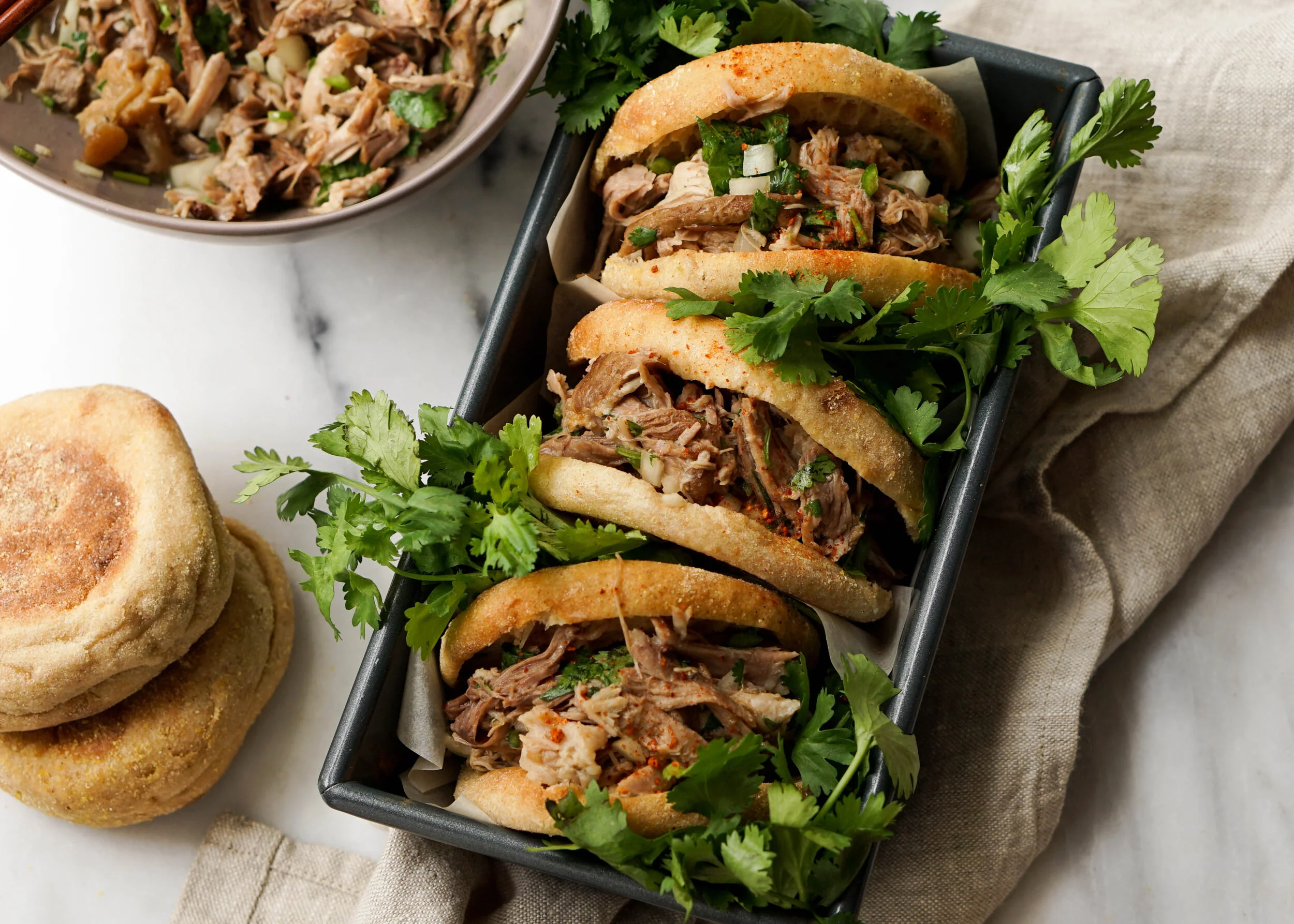
Biang Biang Noodles
Biang Biang Noodles are Xi’an’s most famous noodles, with thick, chewy, hand-pulled strands. They are tossed with spicy chili oil, cinnamon, star anise, along with carrots, celery, cilantro, beans, and beef.
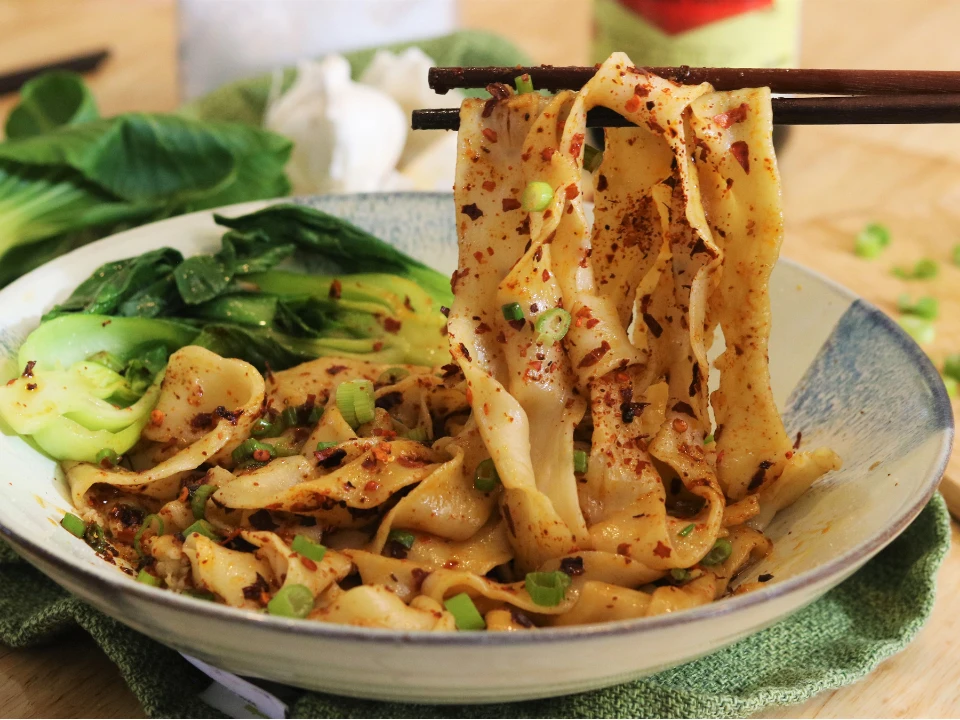
Yangrou Paomo – Lamb Soup with Bread
This lamb and bread soup dates back to the 11th century BCE. Pieces of bread are broken into a flavorful lamb broth and simmered until tender, creating an unforgettable, aromatic dish.
Liang Pi – Cold Noodles
A complete Xi’an culinary experience isn’t complete without the perfect trio: a hot Roujiamo, refreshing Liangpi, and a chilled can of Coca-Cola. Liangpi is made from rice or wheat flour, cut into thin noodles, and served cold. The noodles are tossed with spicy chili oil, tangy vinegar, aromatic garlic, and fresh vegetables like bean sprouts and cucumber. The combination of crispy Roujiamo bread with savory meat, chewy Liangpi noodles, and the tangy-spicy sauce creates a uniquely satisfying flavor.
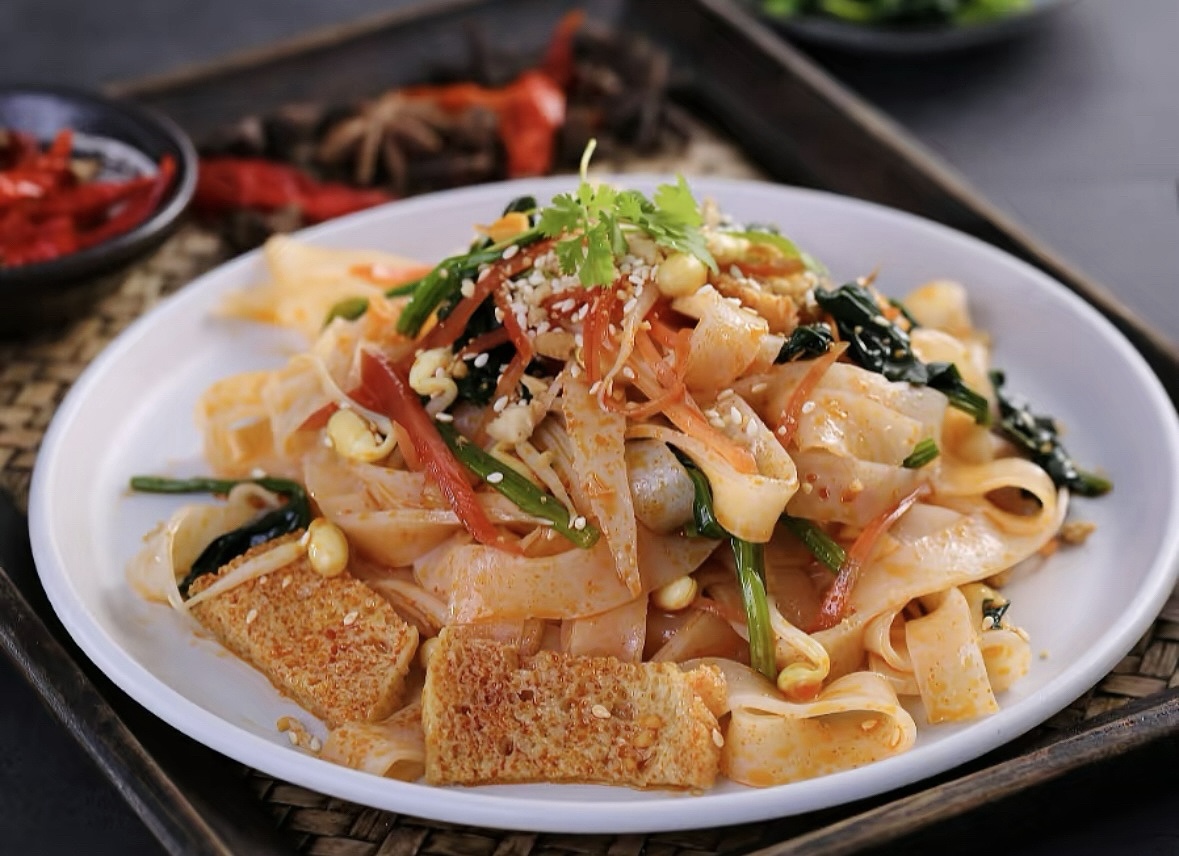
Tangbao
Tangbao, also known as “soup-filled buns” is quite different from traditional steamed buns. It features a thin, delicate wrapper enclosing slow-cooked meat, usually lamb or beef, with a rich, flavorful broth inside. The soft, smooth dough and the spicy, aromatic soup make each bite an unforgettable experience.
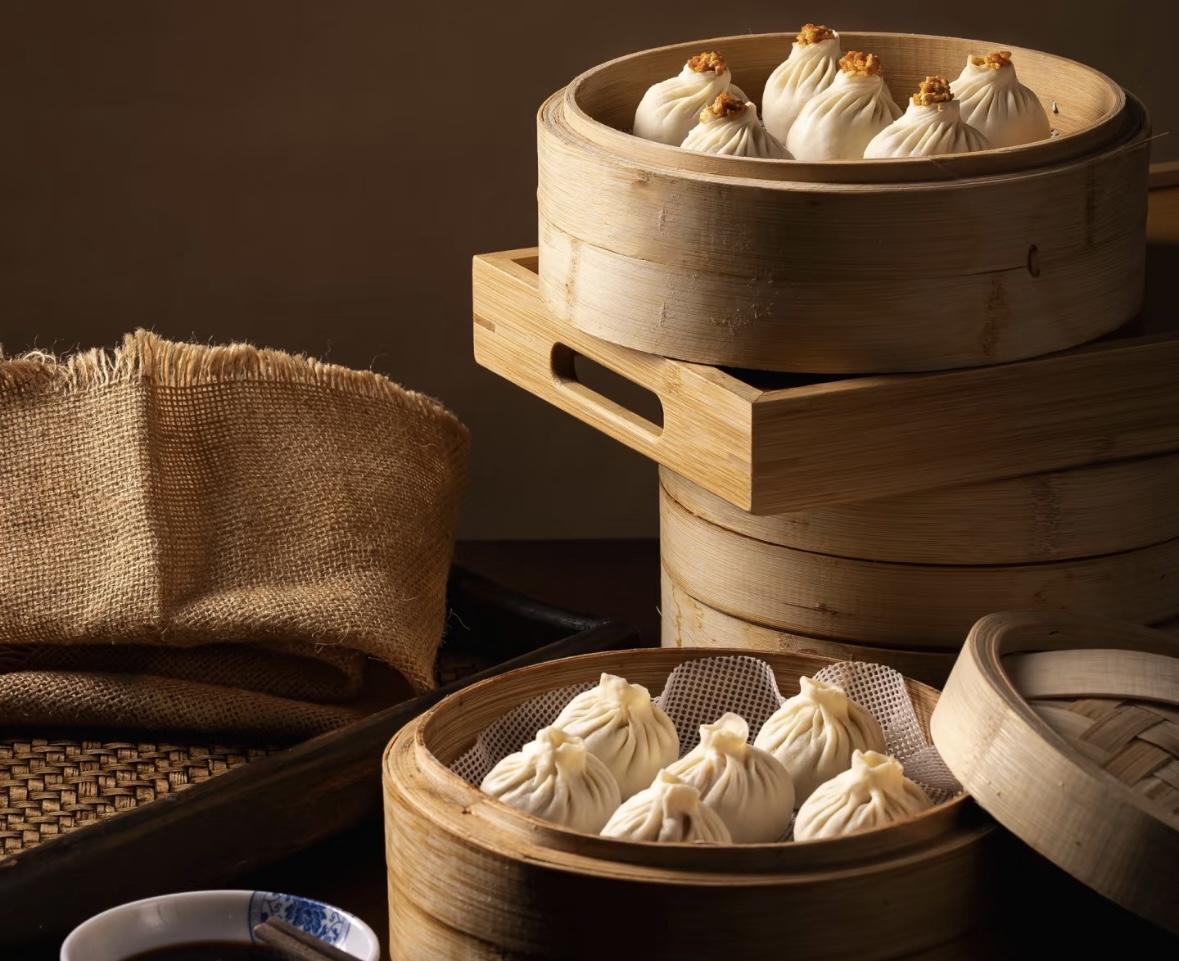
Zenggao
Made from fragrant glutinous rice, rich red beans, and sweet dates, Zenggao is cooked in a clay pot to preserve the natural flavors of the ingredients, creating a golden crust on the outside while remaining soft and chewy inside.
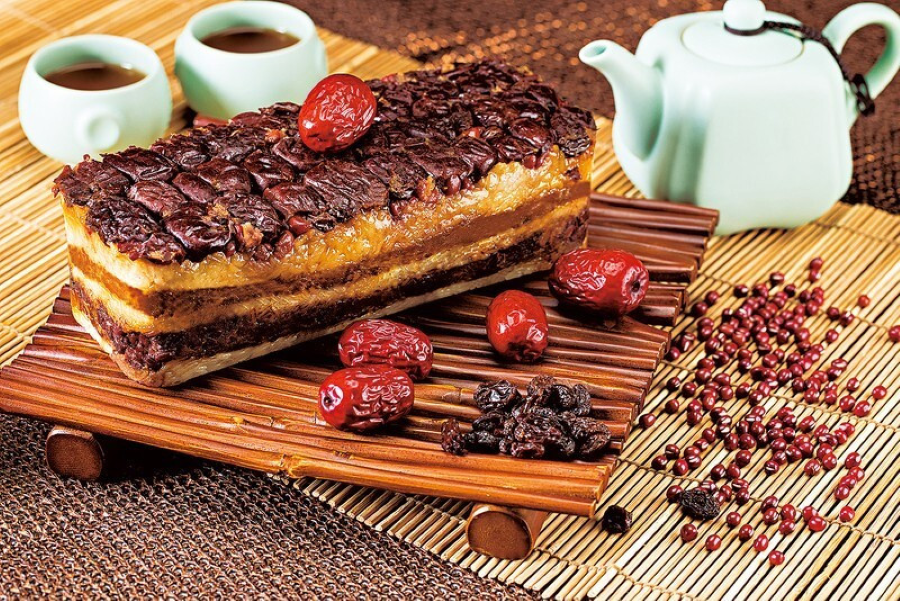
Xi’an – where a thousand years of history meet vibrant modern life – takes you on a journey that is both grand and intimate. From the legendary terracotta warriors and imposing city walls to brightly lit streets, every step here evokes the grandeur of an ancient empire. Explore Xi’an with Demen Travel and experience the heart of Chinese history.



